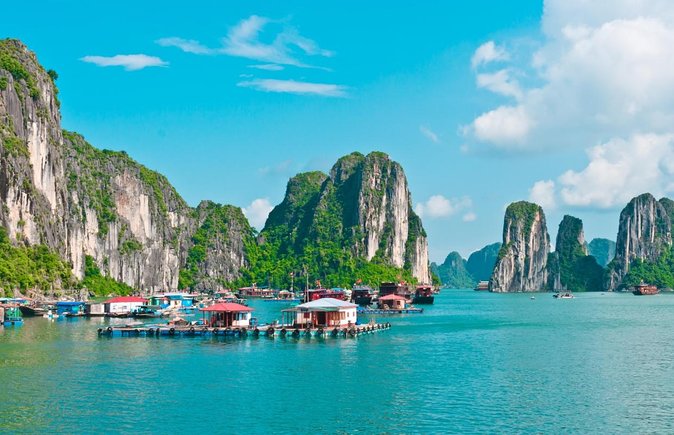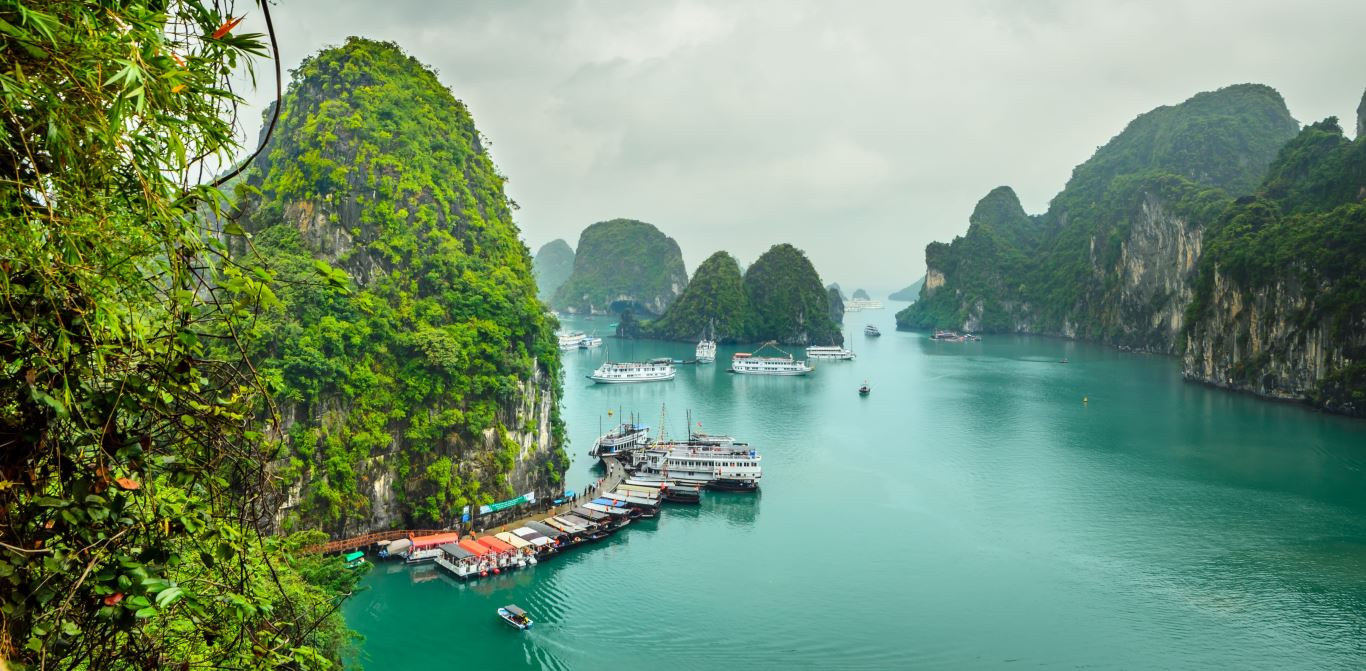
The Ha Long Bay-Cat Ba Archipelago, situated in the northern precinct of Quang Ninh province, alongside its neighboring city of Hai Phong, has achieved the esteemed status of world natural heritage.
This recognition was officially conferred upon the site by the United Nations Educational, Scientific, and Cultural Organization (UNESCO) during the 45th session of the World Heritage Committee in Riyadh, Saudi Arabia, on September 16.
Notably, the Ha Long Bay - Cat Ba Archipelago marks a significant milestone as Vietnam's inaugural inter-provincial UNESCO-listed world heritage site. The Cat Ba Archipelago, located in the northern harbor city of Hai Phong, stands as the nation's largest limestone archipelago, comprising an astonishing assemblage of over 360 islands. Among these, Cat Ba Island, situated to the south of Ha Long Bay, holds prominence. It is worth mentioning that this archipelago had previously garnered recognition from UNESCO as a world biosphere reserve.
In parallel, Ha Long Bay, residing in Quang Ninh province, received the prestigious accolade from UNESCO twice, in 1994 and 2000, affirming its status as a world heritage site. As articulated by the Ministry of Culture, Sports, and Tourism, the Ha Long Bay - Cat Ba archipelago cluster is endowed with a wealth of island and ocean ecosystems. This sanctuary shelters an array of unique flora and fauna and is home to Vietnam's largest maritime forest, spanning an impressive expanse of more than 17,000 hectares.

In 1994 and 2000, UNESCO designated Quang Ninh province's Ha Long Bay as a site of international significance
This captivating landscape provides a habitat for 4,910 species of terrestrial and marine plants and animals. Notably, 198 of these species find themselves on the International Union for Conservation of Nature's Red List of Threatened Species, including 51 species that are endemic to this region. The pristine forest enclave, spanning approximately 1,045.2 hectares on Cat Ba Island, plays a pivotal role in augmenting the ecological and biodiversity value of this heritage site. Of particular significance is the Cat Ba Langur (Trachypithecus poliocephalus), a rare species teetering on the brink of extinction, with a mere 60-70 individuals surviving exclusively on Cat Ba Island.
In September of 2016, the Prime Minister granted approval for Hai Phong city to collaborate with Quang Ninh province in formulating the nomination of the Ha Long Bay - Cat Ba Archipelago as a world heritage site. The designation of Ha Long Bay - Cat Ba Archipelago to the World Heritage List is attributed to its captivating natural panoramas, characterized by enchanting foliage-clad limestone isles, awe-inspiring limestone formations, and majestic karst topographies.

The Cat Ba Archipelago, located in the northern port city of Hai Phong, is the country's largest limestone archipelago
Ambassador Le Thi Hong Van, at the helm of the Permanent Mission of Vietnam to UNESCO, emphasized that this recognition underscores international reverence for the allure of this heritage site and recognizes Vietnam's unwavering commitment to its preservation. Furthermore, it serves as a testament to Vietnam's contribution to UNESCO's overarching objective of safeguarding and showcasing cultural treasures.
Van highlighted that Vietnam's UNESCO-endorsed world heritage sites have played an instrumental role in bolstering local socio-economic advancement, environmental preservation, and the pursuit of green, sustainable growth. In so doing, they have not only projected Vietnam's culture, land, and populace to the global stage but have also enriched humanity's cultural repository.
Prior to this latest addition, Vietnam boasted eight world heritage sites, each graced with UNESCO's seal of approval. These include the Phong Nha-Ke Bang National Park in Quang Binh province, Ha Long Bay, the Hue Imperial Citadel City in Thua Thien Hue province, Hoi An Ancient Town, and the My Son Sanctuary in Quang Nam province, the Thang Long Imperial Citadel in Hanoi, the Citadel of the Ho Dynasty in Thanh Hoa province, and the Trang An Landscape Complex in Ninh Binh province.